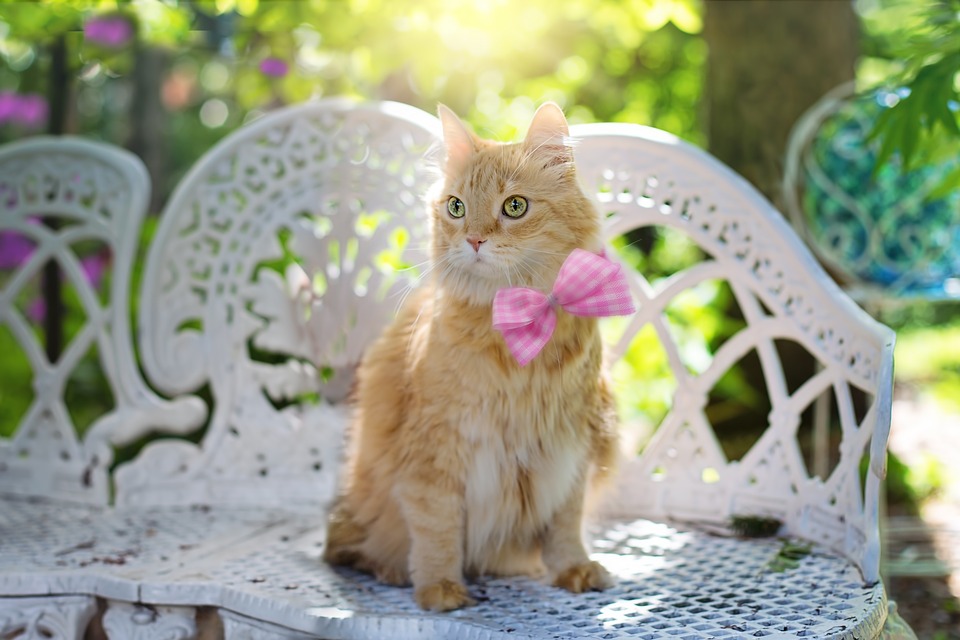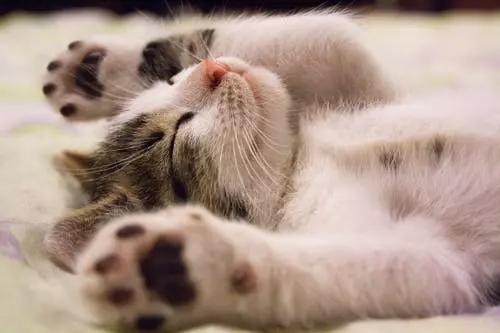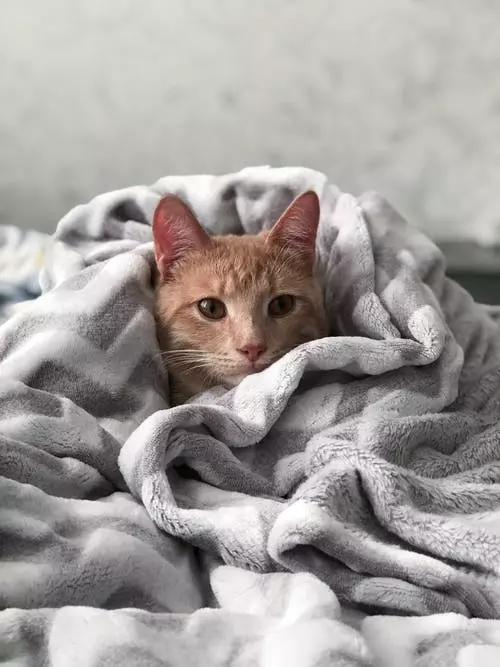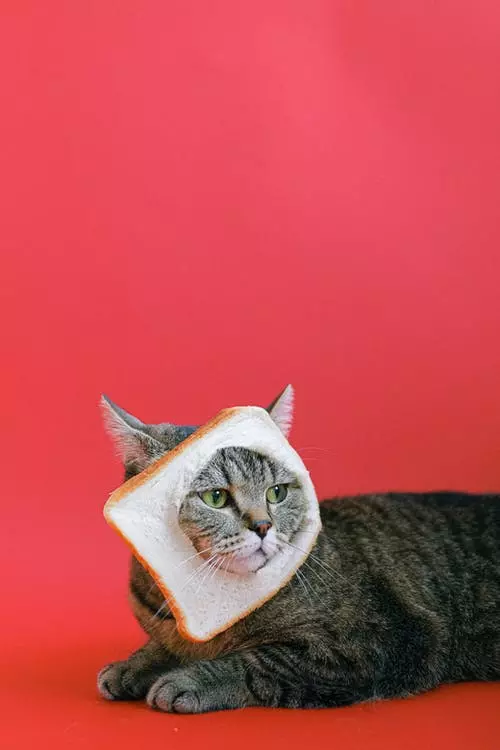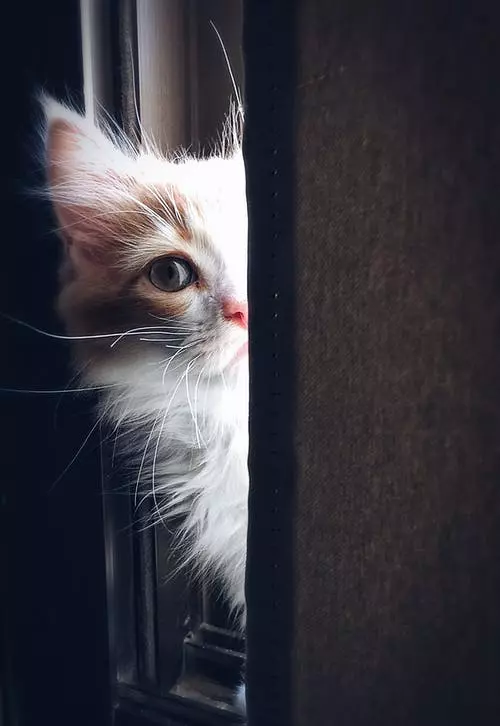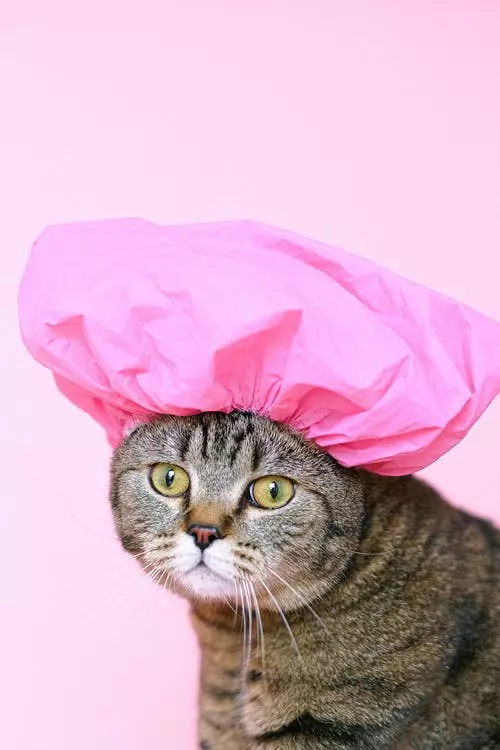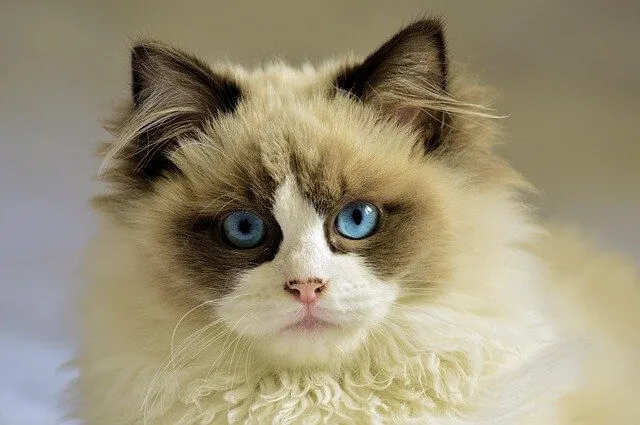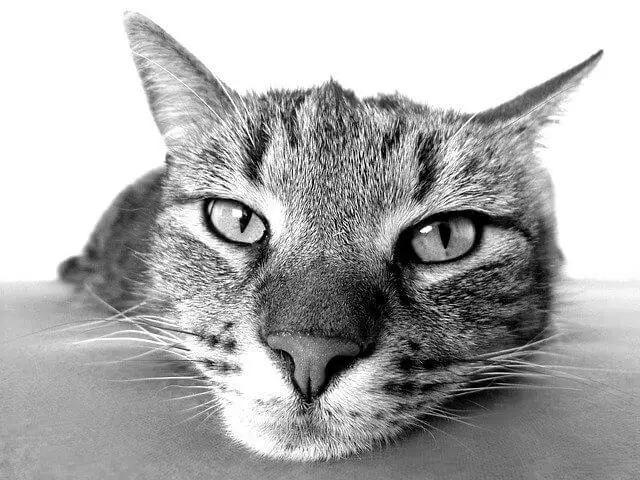Cats are known for their meticulous grooming habits, but excessive grooming can sometimes become a concern for cat owners. In this article, we will delve into the causes behind excessive grooming in cats and provide some practical solutions to address this behavior. Additionally, we will answer some frequently asked questions to help you better understand your feline friend.
Excessive grooming, also known as overgrooming, refers to a behavior where a cat excessively licks, bites, or scratches its fur or skin beyond what is considered normal self-grooming. This behavior can lead to various issues, including bald patches, skin irritation, and even self-inflicted wounds.
One common cause of excessive grooming in cats is anxiety and stress. Cats are creatures of habit, and any major changes in their environment, such as moving to a new home or introducing a new pet, can trigger stress and anxiety, leading to excessive grooming. Separation anxiety can also cause cats to resort to excessive grooming as a coping mechanism when their owners are away.
Allergies can also contribute to excessive grooming in cats. Flea infestations are a common cause, as even a few flea bites can cause intense itching for cats allergic to flea saliva. Food allergies can also result in skin irritation and excessive grooming.
Medical conditions can also play a role in excessive grooming. External parasites like mites or internal parasites like worms can cause itching and discomfort, leading to excessive grooming. Bacterial or fungal infections on the skin can also cause itchiness, leading to excessive grooming. Additionally, cats may groom excessively if they are experiencing pain or discomfort, such as arthritis or dental issues.
To address excessive grooming, it is important to address the underlying causes. For anxiety and stress, providing a safe space for your cat and environmental enrichment can help alleviate stress. Calming products like pheromone diffusers or sprays can also help your cat relax.
For allergies, regular use of veterinarian-approved flea control products can prevent flea infestations and allergic reactions. If food allergies are suspected, working with your veterinarian to identify and eliminate potential allergens from your cat’s diet can be helpful.
If an underlying medical condition is suspected, consulting with a veterinarian for a thorough examination and appropriate treatment is important. Pain management interventions may be recommended if your cat is experiencing pain or discomfort.
Some frequently asked questions about excessive grooming in cats include whether it can be a sign of a psychological problem, how to tell if it is due to allergies, and if there are any natural remedies to help reduce excessive grooming. Excessive grooming can sometimes be a manifestation of psychological issues, and consulting with a veterinarian or a feline behaviorist can help determine the underlying cause. Signs of skin irritation, redness, or small bumps on the skin can indicate allergies, and accompanying symptoms like sneezing, coughing, or digestive issues may also be present. While natural remedies can sometimes provide relief, it is important to consult with a veterinarian before trying any alternative treatments.
Understanding the causes of excessive grooming in cats is the first step in addressing this behavior. By identifying the underlying factors and implementing appropriate solutions, you can help your feline companion find relief from excessive grooming and maintain a healthy and happy life. Remember, if you have any concerns or questions about your cat’s grooming behavior, it’s always best to consult with a veterinarian for proper guidance.

